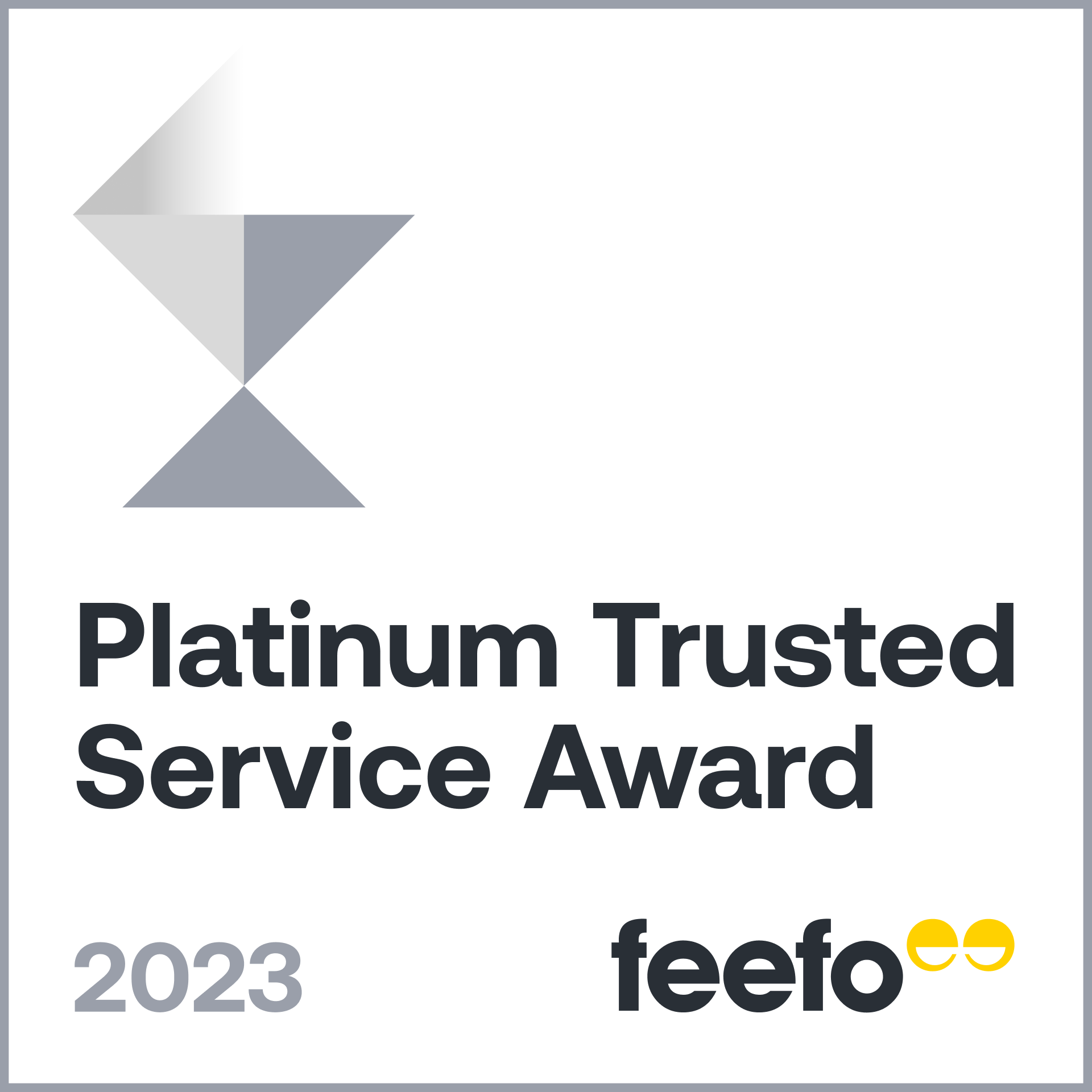Contents
Updated April 2023
Introduction
The UK wholesale market relating to the illegal selling of cannabis is said to be worth £2.5 billion – and landlords need to make sure that their let properties are not involved.
It might seem strange to see landlords and cannabis farms mentioned in the same breath. However, a very real connection may exist and, when it does, the consequences for the landlord and his buy to let business may be dire.
This brief guide aims to explain just what a cannabis farm is, the threat to landlords, and steps you might take to avoid the problem ruining your own buy to let business – not to mention your way of life along with it.
The guide intends to do this by looking more closely at some of the following principal topics:
- what is a cannabis farm;
- what the law says;
- how to recognise a cannabis farm;
- a landlord’s responsibilities; and
- counter-measures.
The vast majority of tenants with whom you strike an agreement to rent your accommodation are likely to prove respectful and perfectly law-abiding citizens.
A risk faced by any landlord, however, is posed by the rogue tenant who uses the let property for thoroughly illegal purposes.
When that happens, the connection between a landlord and a cannabis farm, for example, is likely to prove explosive – be on your guard.
What is an illegal cannabis farm?
The use of cannabis is rising, according to recent figures. In 2020/21, 31.2% of people in England and Wales aged between 16 and 59 said they had used cannabis at least once during their lifetime, compared with 28.9 percent in 2001/02.
A notable feature of cannabis cultivation, however, is that most of its “farms” do not operate in fields in the open air, but are domestic enterprises, operating in what are to all intents and purposes, and from outside appearances, normal places of residence. Indeed, the cultivation of the cannabis plant actually works better indoors, where the plants grow faster under conditions where it is possible to provide 24-hour a day lighting, water from the mains, additional carbon dioxide from the atmosphere and closer control over the ambient humidity which allows the crop to “breathe” more easily.
Cultivation
Cannabis is a flowering plant cultivated for the substance tetrahydrocannabinol (THC) it produces. THC is what is known as a psychotropic – that is to say, it has the capacity for affecting human behaviour, mental activity, and changes in an individual’s overall mood. This is the substance, therefore, which attracts the addict in search of the “high”.
The plants may be grown in soil or hydroponically (water alone) provided the medium supplies sufficient nutrients – in the form of nitrogen, phosphorus, and potassium. Calcium, magnesium, and sulphur may be used as secondary nutrients. All nutrients are of course taken up by the plants through their roots.
The ambient temperature for plant growth is in the range of 24 to 30º C – or the plants risk growing slowly or failing to produce enough of the sought-after THC.
Although the light source needed to stimulate growth may be outdoor or inside, artificial lighting allows the crop to receive a controlled 16 to 20 hours of regular light, followed by 4 to 8 hours of darkness. Although there is some debate about the beneficial effects of including these periods of darkness, they are certainly needed in order to stimulate the flowering of the plant.
The source of indoor lighting may be either high-pressure sodium (HPS) or metal halide (MH) lamps – although cheaper and more economical to run are light emitting diode (LED) lamps.
Many domestic setups for the cultivation of cannabis use water directly from the tap, with any impurities in the tap water filtered out. Even better from the cultivator’s point of view is ready access to spring or well water.
Air needs to circulate freely through the closely-planted crop, so extractor fans and ceiling fans are often installed by growers.
As may be seen, therefore, conditions are favourable – or may easily be made favourable – for a cannabis farm to be housed indoors. Let’s see why you might hope it is not indoors of your own let property.
What the law says
The law takes an unequivocal stand on the question of cannabis. It is a “controlled substance” – a Class B Drug under the Misuse of Drugs Act 1971, as amended.
There are penalties both for possession of the drug and for its production (cultivation) with the intent of supplying it. The penalties passed down by the courts vary according to the amounts of cannabis involved and the particular circumstances of the offence.
According to the law, however, you may be sentenced up to 5 years in prison, ordered to pay an unlimited sum in fines, or both, simply for possessing the Class B drug. If you are found guilty of the supply or production of cannabis, you may face a prison sentence of up to 14 years, an unlimited fine, or both.
An individual caught with only a small amount of cannabis on them “for personal use” may be dealt with by way of an official caution or a £90 on-the-spot fine. If this happens for a third time, the individual is likely to be arrested and prosecuted – with the possibility of their conviction and a criminal record to that effect.
You may be prosecuted for either possession or for production and supply whether or not the drugs are actually yours.
How to recognise a cannabis farm
As a previous section probably makes quite clear, you are likely to recognise a cannabis farm simply from the profusion of green plants, irrigation systems, lighting and ventilation fans within the property.
That is all very well if you have access inside the property, but how easy is it to spot a cannabis farm from the outside, when it is a building owned by you or a neighbour?
- even when the farm is out of sight, its presence might be given away by the smell – it is strong and sickly sweet;
- you might be unable to see it when it has already been installed, but if you spot equipment such as lighting racks and ventilation fans being taken into your property, this may be a sign of tenants being up to no good – neighbours might also have spotted such activity;
- have the windows been blacked out or permanently covered – this may be a sign that lighting conditions are being controlled for the cultivation of a cannabis crop, as well as an attempt to hide it from prying eyes;
- are there people coming and going at all times of the day and night – perhaps many of whom you never get to see;
- through chinks in the windows or under doors, there may be evidence of strong lights being left on day and night;
- constantly misted windows and signs of condensation might be signs of the higher than normal temperatures being maintained within the building;
- in an attempt to maintain ideal growing conditions, growers are likely to be using ventilation and extraction fans pretty well 24/7 – you might hear the constant whirring from these as soon as you approach the property;
- cannabis farms require a lot of power and energy – some of the cabling for that might be laid outside, underground, to tap into illicit supplies of electricity from street lighting or supply cable.
No single one of these signs provides conclusive evidence of your or a neighbour’s property being used as a cannabis farm, of course, but a number of them may be enough to sound the alarm.
If those alarm bells start to ring, it is essential that you call the police immediately – and refrain from tackling any of the occupants themselves, since they are likely to be hardened criminals involved in serious and organised crime.
A landlord’s responsibilities
Interesting as all this information about the domestic cultivation of cannabis might be, how is it relevant to the life and work of a buy to let landlord? What’s the connection?
It is relevant on a number of levels:
It is illegal
- it is illegal to allow any property you own to be used for the cultivation or supply of cannabis – section 8 of the Misuse of Drugs Act, 1971;
- if you allow the cultivation, production or supply of cannabis from premises for which you are the landlord, you may face the same penalties as those actually conducting those activities – namely, up to 14 years in prison, an unlimited fine, or both;
- the whole business of your arrest, lengthy interviews by the police and eventual appearance in court may take many stressful and thoroughly unpleasant months;
- whatever the outcome, your reputation and standing in the community – let alone your ability to maintain your role as a landlord – is likely to have suffered considerably;
- financially speaking, too, you might face ruin – legal fees for preparing your defence and court appearance are likely to run high, if you are ordered to pay a fine, this is likely to be hefty, and all the while, of course, you are losing any rental income that your rogue tenants might have been paying;
The financial cost
- your financial losses may be higher still when it comes to repairing your property in the aftermath of its use as a cannabis farm;
- that is, if you even have a property to come back to, since it might be a total loss – due to the large amounts of electricity used and cabling which has been laid by those with very little concern for its safety, fire is a major and ever-present danger when cultivating cannabis on a large scale indoors;
- even if the property is still standing, the amateur work on re-cabling, knocking through walls to install any equipment that is needed, the use of copious amounts of water for irrigation, and a general lack of care or concern likely to be shown by tenants bent on such illegal activity, the cost of repairs is going to be substantial;
Landlord’s insurance
- neither might you hide behind the protection of your landlord insurance policy;
- many landlord insurance policies offer no cover at all for malicious damage caused by your tenants;
- those that do are more than likely to set a maximum limit on any settlement payable – a figure of £5,000, for example, might be typical;
- either way, therefore, you stand to face uninsured damages to your property running into many tens of thousands of pounds
Your physical safety
- an overriding concern, quite apart from your responsibilities as a landlord, arise from the circles into which you are being drawn and entangled;
- this is a world inhabited by criminals involved in some of the most serious of organised crimes – physical violence may be part and parcel of everyday life as far as many of the individuals are concerned;
- it is unlikely to be a world in which you want to have any involvement or contact whatsoever.
The risk of gaining a serious criminal record, the likelihood of your losing a considerable amount of money from the loss or damage of your buy to let property, and the alarming, potentially life-threatening consequences of involvement in someone’s drugs empire, all make it likely that you want to avoid anything to do with a cannabis farm on your property.
Counter-measures
Given the almost certain dire consequences of allowing your let property to be used as a cannabis farm, what counter-measures might you adopt against that risk?
Choose wisely
The risk might be something to keep in the back of your mind whenever selecting tenants for your property. A cannabis farm may be set up with relative ease within practically any residential building – but the more remote or hidden from public view, the better from the criminal’s point of view.
Finding tenants who may be guaranteed to be completely above-board, law-abiding, model citizens may be a tall order and one that is difficult to secure, especially since the vast majority of those you may show around and interview for a tenancy are likely to be responsible and reliable individuals.
References and credit checks
Background checks are essential of course. Ensuring that you expose any information, which might give cause for concern, might take some imagination and forethought in advance.
The questions you ask, the content and the tone of any letters of recommendation or reference are all important to helping you check the credentials and assess the future reliability of your tenants.
You need to ask about their employment and might question whether the area they have chosen or the reasons for their wanting to rent generally tie in with the sort of work they do and their standing in life. If they have a busy, professional job in the city, for example, why are they interested in renting your remote cottage in the countryside?
Beware of any unusual queries about your property. An unhealthy interest in the electrical supplies, for example, or questions about a private rear entrance might begin to ring some alarm bells.
Appearances might be important, too. The prospective tenant who arrives to be shown around your let property in a very modestly priced part of town, is wearing an especially sharp suit and driving a car that might be described as flashy, may raise your eyebrows in suspicion.
You might also beware tenants offering to pay their rent in cash several months in advance – it might be a ruse to discourage you from calling around to the property to collect the rent in person or to disguise the source of the funds they are using.
Letting agents
The careful selection of tenants may be so critical that you choose to appoint letting agents to handle every aspect of advertising your let property vacancies, interviewing tenants, taking up references and conducting background checks, drawing up the tenancy agreement and generally monitoring the smooth progress of the tenancy.
Even though you have appointed letting agents, however, you retain every right to continue to monitor just who is being invited to sign a tenancy and to ask detailed questions about the scope and nature of the background checks that are being made. Anything that raises your suspicions is reason enough for you to ask the letting agent you are paying to start all over again and find alternative tenants.
Your access to the property
Although many landlord insurance policies may require that a landlord makes regular and recorded visits to the property, actually gaining access may prove more difficult than it seems. You will typically need to give at least 24 hours’ notice and have a specific reason. If you are gaining access for the purpose of making repairs, for example, there needs to be a genuine reason and evidence of those repairs needing to be made.
Whether access is gained through a provision in the tenancy agreement or with the express permission of the tenant, you might still be barred from entering a given room because “someone is asleep” in there. This in itself might raise your suspicions sufficiently to look even more carefully at the rooms you do have access to and look for unexplained holes in the wall through which cables or pipes seem to disappear or evidence of other equipment or paraphernalia.
If your suspicions are sufficiently raised, of course, you have a duty to inform the police straight away – and not broach the subject of your concerns with the tenants themselves.
Summary
Cannabis farms are a big – and illegal – business, run by organised gangs of serious criminals.
The cultivation of cannabis indoors is relatively easy to achieve and the activity may be masked by growing the plants inside an otherwise entirely unassuming and ordinary residence.
The problem is that that residence may be yours – one in which you have invested as a buy to let business.
The law holds you responsible if you allow your let premises to be used for the production, cultivation, possession or supply of this Class B drug and the penalties are severe. Conviction may lead to the ignominy of a criminal record and substantial financial losses.
There are ways in which you might help to avoid entangling yourself and your let property in the illegal activities of cannabis farming by your tenants – you might consider it wise to take them.
Please note that this guide is based on our current understanding of the law, which may be liable to change.







